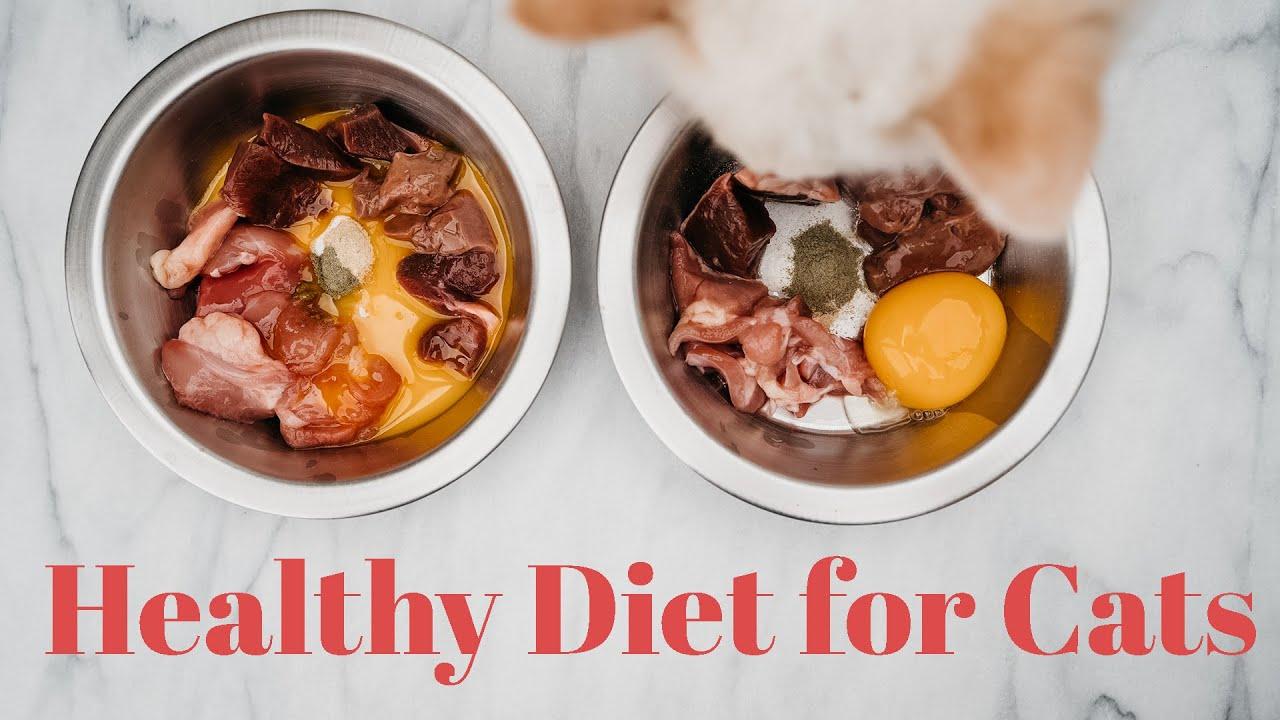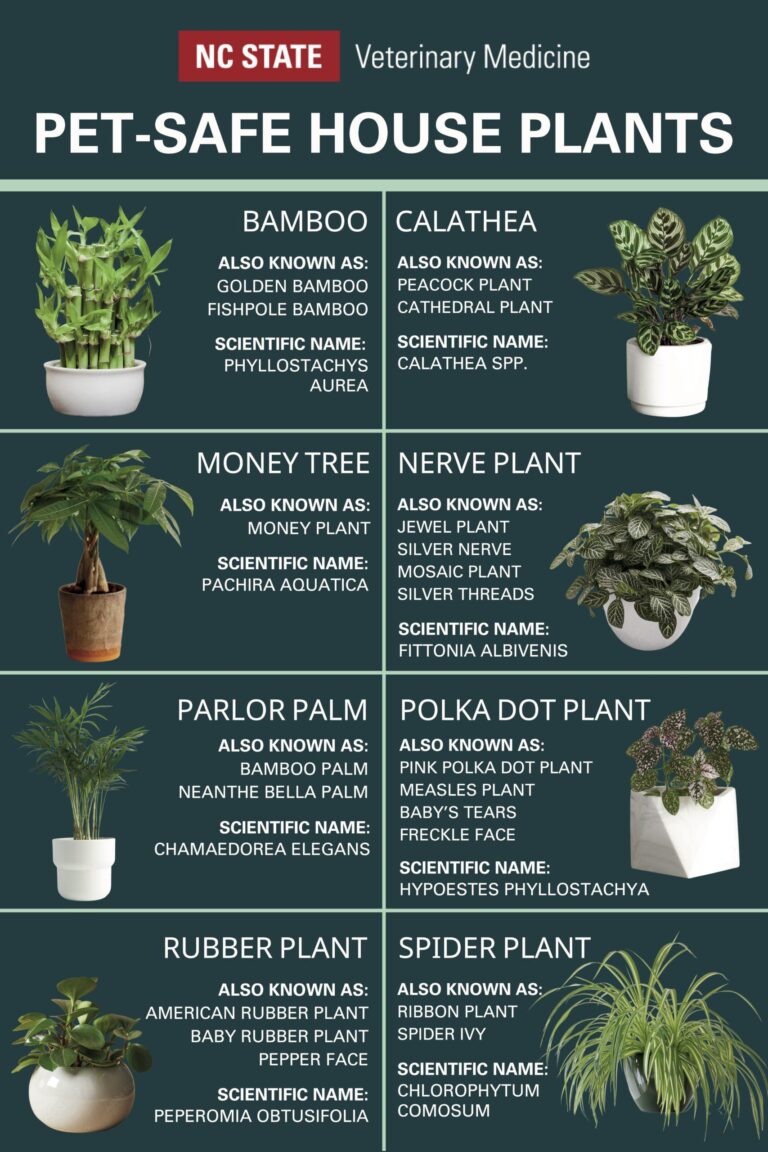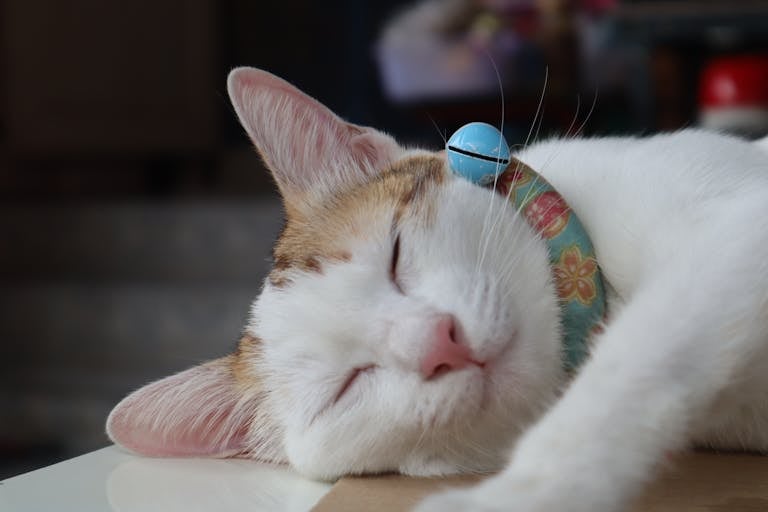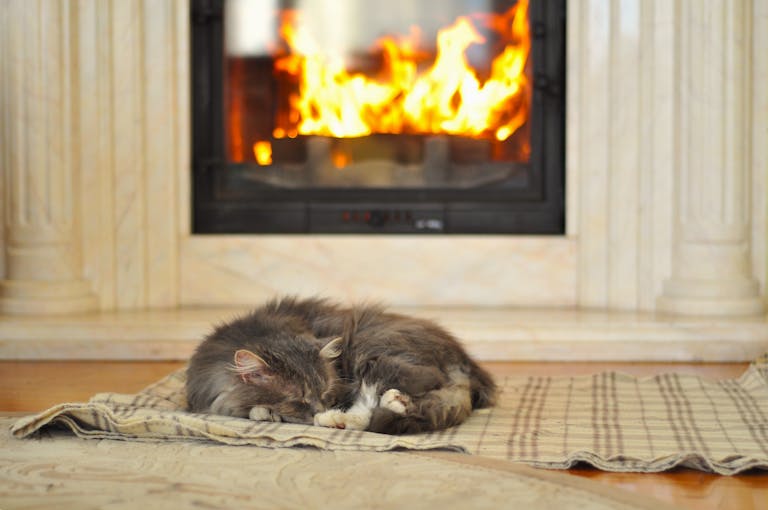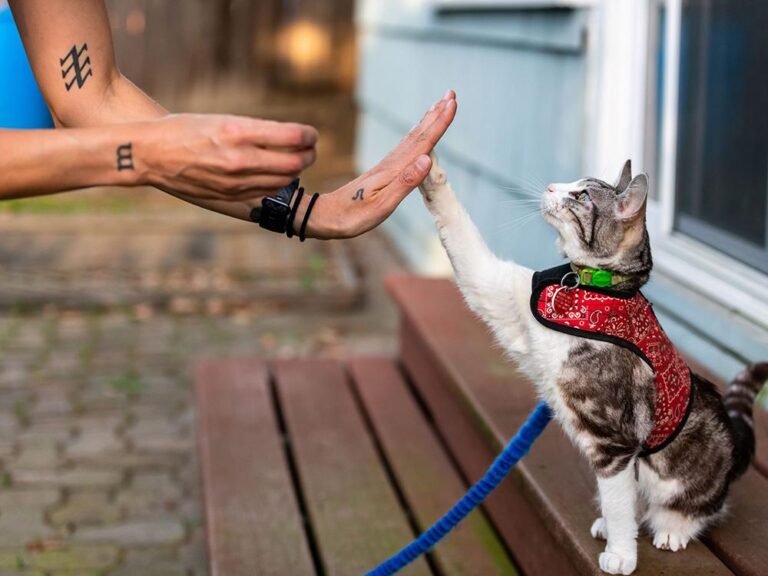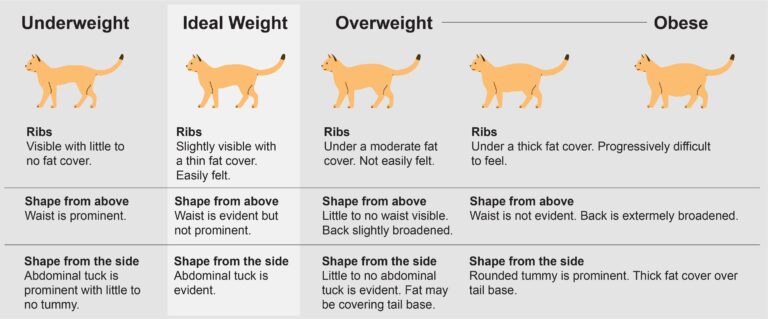The Truth About Raw Diets for Cats: Pros and Cons
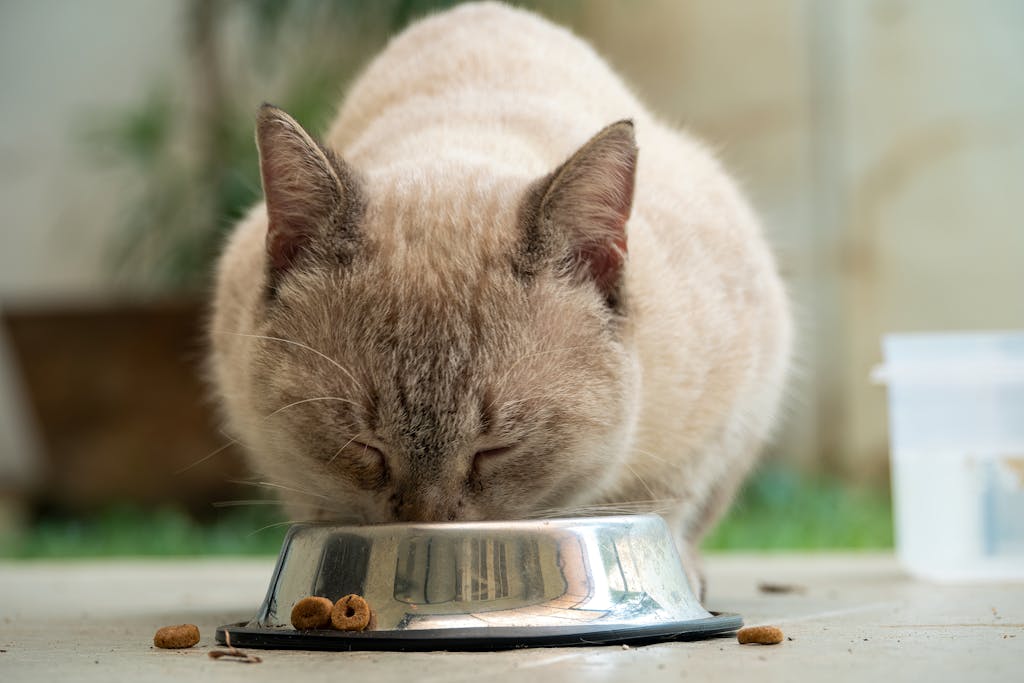
The Truth About Raw Diets for Cats: Pros and Cons
If you’re anything like me, you obsess over what your furry little companion eats — because let’s face it, they’re family. Lately, raw diets for cats have been trending in the pet community, with passionate debates about whether it’s the ultimate health boost or a bit too risky. Having researched, tested, and chatted with vets and fellow cat parents, I wanted to share the real scoop on feeding your cat raw. So grab a cup of coffee (or maybe some catnip for your kitty!), and let’s dig into the benefits, drawbacks, and everything in between.
Why Raw Food Talks Spark Our Curiosity
As cat lovers, we want the absolute best for our feline friends. They’re obligate carnivores, which basically means meat is their top priority. The raw diet movement taps into this natural instinct by feeding cats food as close to nature as possible—think fresh meat, bones, and organs, without the fillers or processed bits. But it’s a complicated topic because what seems “natural” isn’t always simple or safe. Understanding why raw diets have captured so much attention helps us make informed choices.
The Upside: What Raw Diets Bring to the Table
Closer to Nature = Healthier Cats?
One of the biggest reasons cat owners consider raw diets is that it mimics what wild cats eat. In theory, giving cats raw meat with bones and organs provides:
-
- Higher protein quality: Raw meat delivers essential amino acids cats need for energy and muscle maintenance.
-
- More natural nutrients: Vitamins and enzymes aren’t destroyed by cooking, so your cat might absorb more of what it needs.
-
- Improved dental health: Crunching raw meaty bones can help reduce tartar buildup and support stronger teeth.
Shiny Coats and Happy Tummies
Many cat parents swear their pets have glossier fur, healthier skin, and smaller poop after switching to raw. The fats and moisture content in raw meat can improve hydration and skin condition, plus some cats with food sensitivities find relief when given a diet stripped of additives and grains.
More Energy and Playfulness
It’s not unusual to notice a pep in your cat’s step once they transition to a raw diet—better digestion means better nutrient absorption, which can translate to increased energy levels and a happier mood overall.
Untangling the Risks: What Raw Feeding Can Get Wrong
Food Safety Concerns: Is It Worth the Worry?
One of the biggest hesitations vet professionals and many cat owners have about raw diets is the risk of bacterial contamination—think Salmonella, E. coli, and Listeria. While cats have more acidic stomachs than humans which help combat bacteria, they can still get sick or potentially spread bacteria to humans, especially kids or immunocompromised folks in the household.
Nutrition Balance Is Tricky
Raw diets aren’t just throwing meat and bones in a bowl. Cats also need a carefully balanced mix of vitamins (like taurine), minerals, and fatty acids. DIY homemade raw diets often miss out on these essentials, leading to deficiencies or imbalances that can cause serious health issues over time, such as heart problems or bone malformations.
Choking and Digestive Hazards
Some parts of raw meat or bones might cause choking or digestive blockages if not prepared properly. Not all bones are safe—weighty or cooked bones can splinter dangerously.
Getting It Right: Easy Steps for Safe, Balanced Raw Feeding
Step 1: Chat with Your Vet
Before making any changes, have a thorough talk with your vet or a feline nutritionist. They can help you understand if your cat is a good candidate for a raw diet and recommend a proper plan to cover all nutritional bases.
Step 2: Choose Quality Ingredients
Opt for fresh, human-grade meat from reputable sources. If you’re not into making meals yourself, there are many commercial raw cat foods that are formulated to be complete and balanced. Remember, quality matters.
Step 3: Prep with Safety in Mind
Handle raw meat in a clean environment — sanitize surfaces and wash your hands thoroughly to avoid cross-contamination. Freeze meats to kill parasites before feeding, and avoid frozen-thawed-feeding raw pork due to parasites.
Step 4: Transition Slowly
Switching suddenly can upset your cat’s tummy. Gradually introduce raw food over 7–10 days, mixing increasing amounts with their current diet while monitoring digestive reactions.
Step 5: Keep an Eye on Your Cat’s Health
Regular vet check-ups, bloodwork, and monitoring weight and coat condition will help ensure your cat stays healthy on a raw diet.
What Not to Do: Mistakes to Dodge in Raw Feeding
-
- Don’t just wing it: Feeding raw without balancing nutrients can do more harm than good.
-
- Don’t feed cooked bones: They can splinter and cause internal injuries.
-
- Avoid high-risk meats like raw pork: Parasites make these foods a big no-no.
-
- Don’t ignore hygiene: Handling raw food lazily can expose your family and pets to bacteria.
-
- Never abruptly switch diets: Cats’ digestive systems need a gentle transition to avoid upset stomachs.
Tools and Treats to Help You Succeed
Raw feeding can feel daunting but having the right tools makes a huge difference. Here are some essentials I recommend:
-
- Freezer-safe containers: Store pre-portioned raw meals without the mess.
-
- Sharp knives and a meat grinder: For prepping if you make your own food.
-
- Quality supplements: Especially taurine and omega fatty acids if you’re mixing meals at home.
-
- Complete Raw Cat Food Blend: A highly rated commercial raw cat food formulated to cover all bases — handy for beginners and busy cat parents alike.
Just for You: Frequently Asked Questions
Is raw food safe for all cats?
Not necessarily. Cats with compromised immune systems, young kittens, pregnant queens, and elderly cats might be more susceptible to risks from bacteria. Always check with your vet first.
Can a raw diet cure my cat’s allergies or digestive problems?
While some cats with food sensitivities benefit from raw diets, it’s not a guaranteed fix. Identifying the true cause requires vet diagnosis, and sometimes a hydrolyzed protein or prescription diet is better.
How often should I feed raw meals?
Most adult cats do well with two meals a day. Portion size depends on their weight, activity level, and health status. Your vet or nutritionist can guide portioning for your specific kitty.
Wrapping It Up With Love and Care
Raw feeding for cats isn’t some magical solution, but it can be a healthy, rewarding choice if done thoughtfully. It takes commitment, research, and a bit of trial and error to get it right. Whether you stick with high-quality commercial foods, make your own meals, or decide to keep your kitty on a premium kibble or canned diet, what truly counts is your cat’s happiness and well-being.
Remember: every cat is unique. What works wonders for one might not suit another, and that’s okay! Stay curious, keep asking questions, and never hesitate to lean on your vet’s guidance. Your purring pal will thank you with cuddles, zoomies, and all the love in the world.

